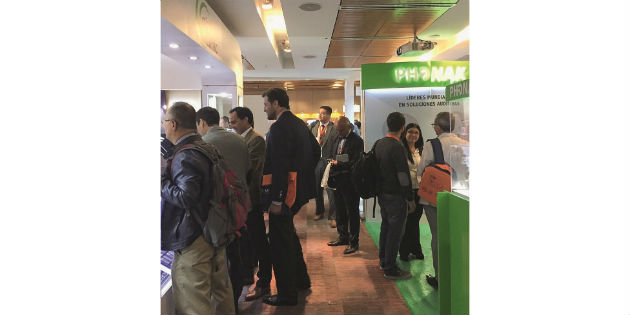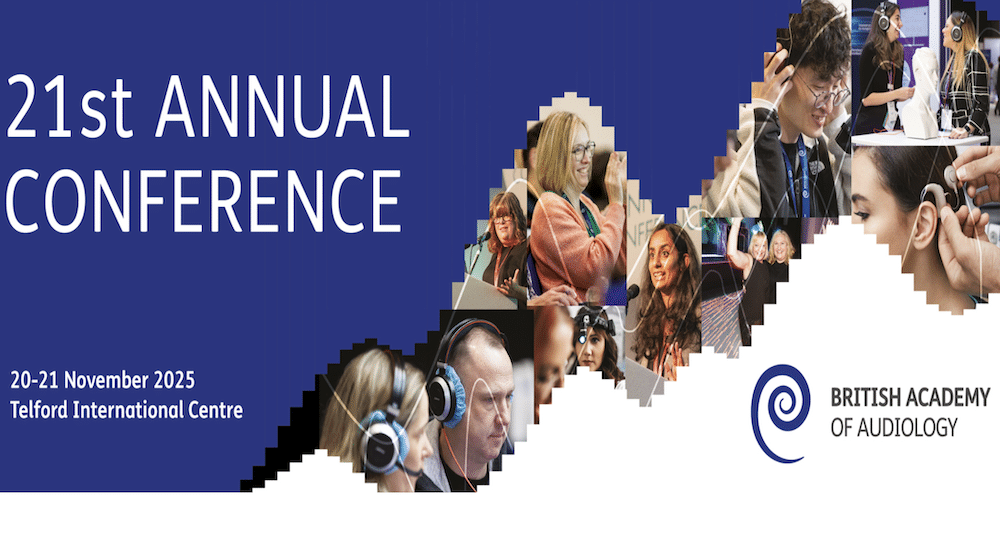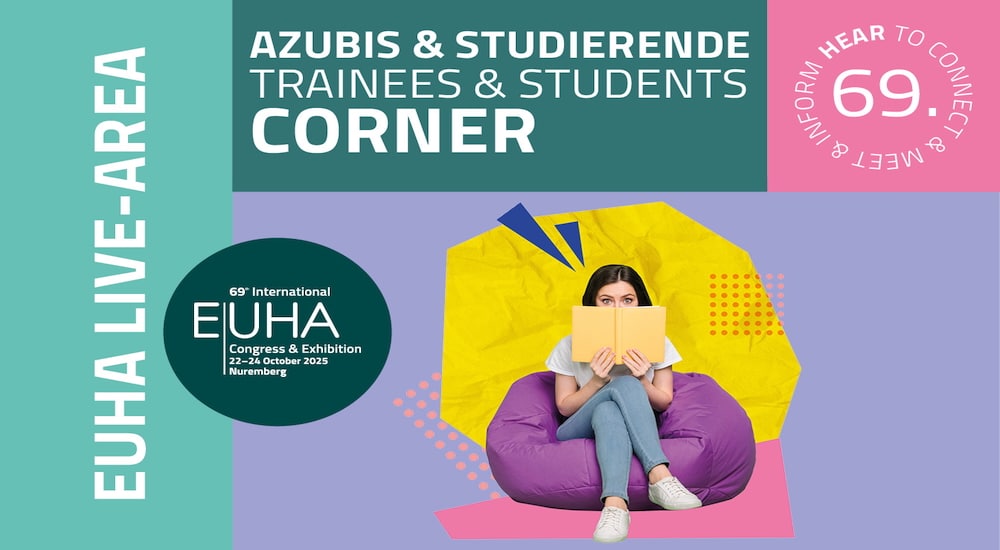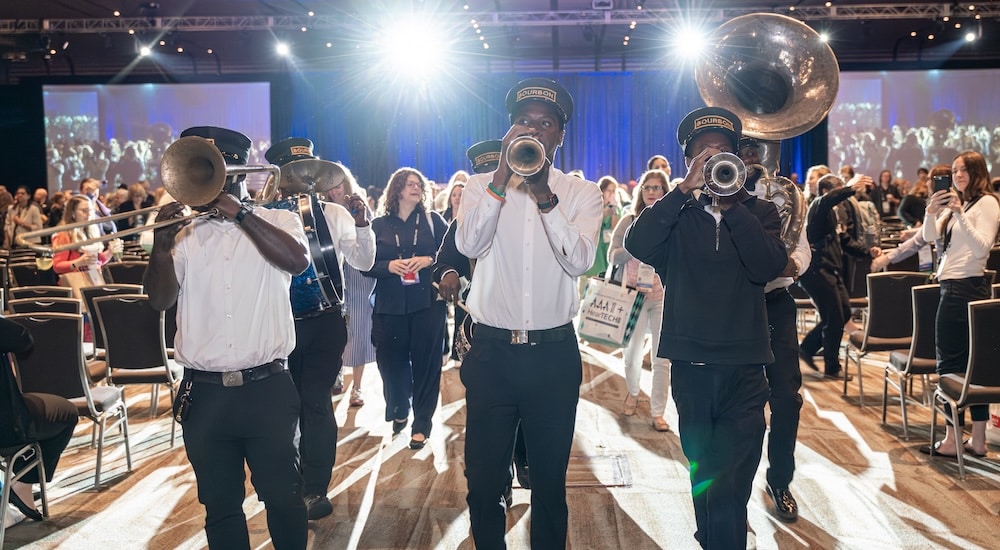New players, launches, and wireless connectivity stand out at the GICCA EXPO
GICCA
Three hearing implant brands chose Santiago to announce forays into the Latin American marketplace, with the trade show comprising 14 manufacturing and distribtuion companies who all stressed the positives following a successful, well-attended event.

Audiology Worldnews has put together some of the milestones from EXPO-GICCA 2017, outstanding among which was the foray into Latin America of new suppliers of hearing implants, such as the German company Kurz, China’s Nurotron, and Oticon Medical (of Franco-Swiss origin), all out to compete through their respective local distributors.
Global Clinic, representing Kurz
With a long history of distributing equipment, instruments, and medical supplies for different treatment areas within ENT, Global Clinic chose GICCA 2017 to announce representation for Kurz implant material and hearing prostheses in Chile and other countries in the region.
Asian presence of Nurotron
This firm of Chinese origin, but with a North American design, Nurotron, ratified its arrival in Chile at GICCA 2017, guaranteeing savings of at least 10% on the cost of its implants in relation to rivals’ prices. With its five thousand implant patients in China, and more than 120 in Latin America, the Asian firm aims to provide more access for patients lined up as implant candidates but who lack the financial means to pay for them.
Enrique Fernández Zubizarreta, representative of the brand for Chile, Argentina, and Uruguay, explained that GICCA 2017 was the ideal stage for launching his Venus cochlear implant (CI) in Santiago. “There are many users who could benefit from this technology but who cannot access it. This is even more so in Chile, where cover is not 100%, with Isapre subsidising one part and the patient paying the other. Our firm could compete on a level field with others in this niche,” the executive claimed.
Ponto and Neuro from Oticon Medical
Alfonso Mostajo, general manager of GAES Chile, announced the recently-appointed representation by Oticon Medical for Chile, with the launch of the Neuro CI coming in the first half of this year, and Ponto, a bone-anchored system already implanted in 7 Chilean patients with good results thanks to its processor’s technology.”As a group, GAES has more than 25 years of experience with cochlear implants and more than 8000 patients given implants. Recently in Chile, we have opted for representation by Oticon Medical, and we are still at the stage of introduction and launch,” pointed out the executive, adding that Neuro will be soon launched on the Chilean market.
Roger FM by Phonak
Roger systems starred on the Phonak stand, in particular Roger FM and its system of transmission and reception with a simulated demo for professionals working in rehab and hearing aid fittings. Heriberto Cruz, the firm’s manager in Chile, underlined the system’s compatible features for patients with either hearing aids or implants.Christianne Castillo, meanwhile, explained that it is “a digital system that lessens background noise and emphasises speech,” enabling participation and communication in classrooms for children using the system.
Auditron’s state-private presence
The general manager of Auditron, Hugo Wainerman, described his firm’s presence at GICCA 2017 as “very positive”, underlining the turnout at his stand by ENT professionals, audiologists, and technological experts working in hearing rehab. The company, which has a strong presence in the state sphere, also has a network of 12 branches for sales and patient treatment throughout Chile. Standing out in its multi-brand portfolio are Beltone hearing aids; Sophono bone conduction implants; instruments from the Atmos and Welch Allyn lines; and Grason Stadler hearing equipment.
Realtone presents Starkey and Contronic
New Realtone product is based on Contronic equipment, Brazilian high-precision technology that includes its “Evokadus” evoked potentials apparatus, and its “Horus” posturography equipment enabling studies of persons with balance problems, both for diagnosis and rehabilitation. “When patients have vestibular disorders that can mean balance difficulties, stability, vertigo, or dizziness, they can be diagnosed and followed up after rehab process treatment through long-term data,” pointed out the firm’s executive director, José Luis Calderón. The focus on Starkey product centered on, among other items, the Muse Cross and Halo 2 24-channel hearing aids with wireless connectivity for the iPhone.
Advanced Bionics presents Naída Bimodal
Advanced Bionics based its exhibition on what it calls its “key products”, among them the new HIRes Ultra implant, the Hi-Focus Mid Scala electrode, the Q series of Naída CI processors, and the Naída Bimodal hearing solution, the latter the firm’s primary launch at GICCA 2017. Carina Rodríguez, clinical manager for Latin America, explained that besides running its stand, the brand set up a “technology room” based on five work-stations to which professionals were invited to go round a demonstration and interaction circuit with products and technologies: an interconnectivity station for getting to know wireless accessories compatible with cochlear implants and hearing aids; the Naída Bimodal station to display all interactions between Naída CI and the Naída Link hearing aid; a surgical station with microscope and temporal bones allowing medics to carry out insertions of the HiFocus Mid Scala electrode and learn about the new Ultra implant surgical technique; a Naída CI function simulation station, where professionals were able to experience the sensation of hearing improvement produced on activating different functions such as directional microphones, or on transmitting audio signals from wireless devices in an interactive game; and, finally, a programming station, designed for audiologists working in calibration of implants.

MED-EL brings surprises with its AdHear
MED-EL also surprised visitors with a room fitted out with interactive stations for professionals, featuring demonstrations and implantation techniques from its portfolio of implantable products. Its stand had giant high-resolution monitors and in situ tests for AdHear, the Austrian firm’s latest non-implantable hearing system, the protagonist of its presentation in Chile.
“AdHear is for people with conductive hearing loss of up to 50 decibels who are still not candidates or who do not want to undergo surgery, so it is a very reliable alternative for them,” pointed out María Victoria Sabella, spokesperson for Comunicaciones Latinoamérica. AdHear is not placed within the ear, “since it is a bone conduction system,” she added. The system comprises two parts, one of them an adhesive that is stuck over the mastoid and lasts from three to seven days, allowing the patient to live a normal life, even when showering or playing sports, without needing to take it off. An audio processor is attached to this, transmitting sound as vibrations to the adhesive, conducting it through the bone to the inner ear, and then from there to the auditory nerve, arriving eventually at the brain to be perceived.
“It can be used in babies, in children, and even for more elderly adults who would be candidates for a hearing implant but who, due to their age, are not apt for surgery,” explained Sabella.
“Cochleing” with Cochlear
Cochlear welcomed professionals to its stand at GICCA 2017, and to an interactive room, spotlighting its Baha 5 product and devoting three stations to Kanso, its latest “out of the ear”, ultra-discreet processor with wireless connectivity. The new product featured in its presentation entitled “Cocleando (Cochleing)”, for the firm’s new application for hearing rehabilitators, which was developed by Facundo Borlando, manager of marketing product for Cochlear Latinoamérica’s Baha and Carina lines, as his MBA thesis in Barcelona, April 2016.
Until now, it is the only such programme on the market, and the interface is designed for tablets, smartphones, and even computers on which rehabilitators or professionals create their profiles using their email address and a password that is given to the local Cochlear distributor. Once registered, either he or the audiologist can give patients tasks through interactive games, based on four key stages: detection, discrimination, identification, and comprehension. In turn, patients create their profiles and receive tasks or games assigned by the rehabilitator for each phase, with progress marked on a personal, confidential register open to the professional who can use it for evaluation of patients’ achievements and see if they are ready to move up to the next stage.
This app is about to be run as a pilot project for Latin America and it will be available to download from the App Store and Google Play on May 30, in Spanish and Portuguese. It will be free for Cochlear users, with a minimal cost for users of other implant brands.

Read this article in Spanish on Audioenportada
Photos: P.C.A., GAES Chile


